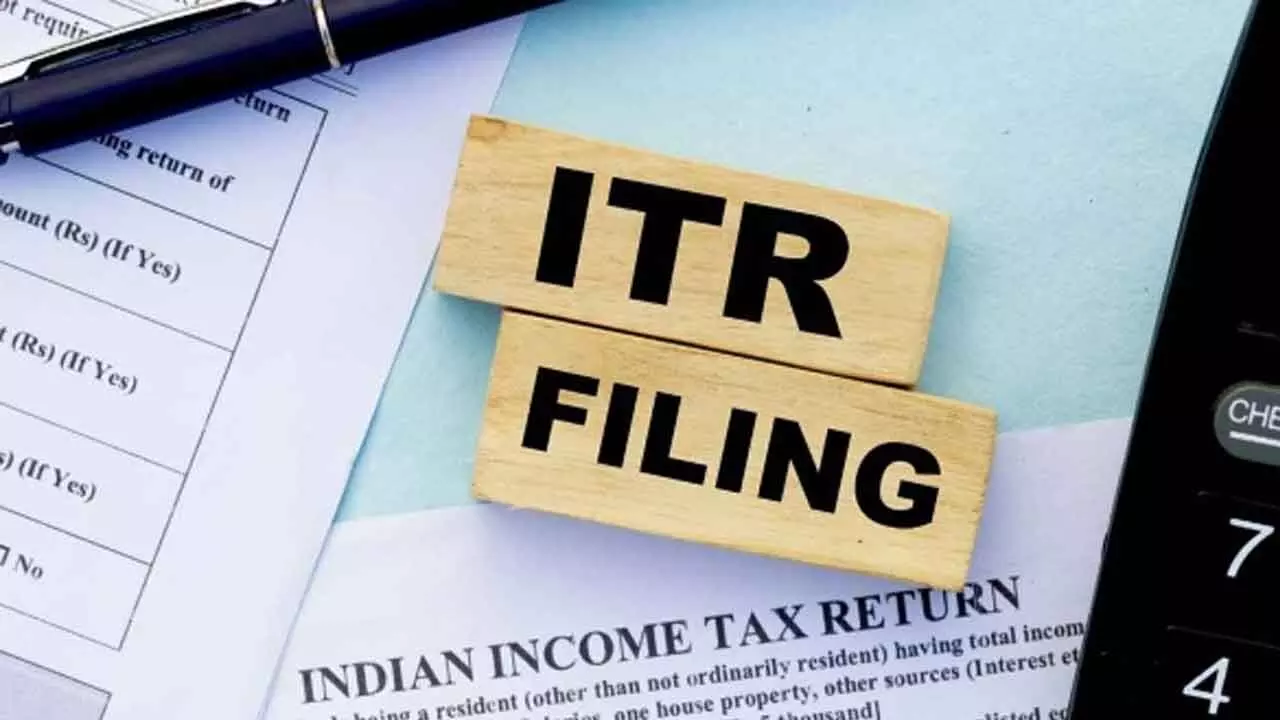Updated ITR Filing: India Extends Deadline to 4 Years — Who Can File and When
India extends updated income tax return filing window to 4 years. Know eligibility, restrictions, and benefits.
Income Tax Update: Extended 48-Month Window to Correct Errors in ITRs

The Income Tax Department has released updated Excel utilities for ITR-3 and ITR-4, enabling taxpayers to correct or revise their returns for assessment years (AY) 2021–22 and 2022–23. This comes after similar tools were introduced for ITR-1 and ITR-2, making return corrections more accessible.
In a major policy update, the window for filing updated returns has been extended from 24 months to 48 months, starting in 2025. This gives taxpayers up to four years after the end of an assessment year to voluntarily correct mistakes in previously filed returns.
What Is an Updated I-T Return?
• Introduced under sections 139(8A) and 140B of the Income Tax Act, the updated return scheme allows taxpayers to amend their income declarations by paying any additional tax due.
• The initiative is aimed at boosting compliance and reducing litigation by providing an extended period to fix inaccuracies.
When Should You File an Updated Return?
An updated return is useful in scenarios such as:
→ Original return not filed within due dates.
→ Errors in reported income or misclassification of income sources.
→ Incorrect claims for losses, unabsorbed depreciation, or tax credits.
→ Wrong tax rates applied in the earlier filing.
However, updated returns cannot be filed if:
— The original return showed no taxable income or a loss.
— The updated filing would lower the tax liability or increase a refund.
— A search, seizure, or prosecution proceeding is underway.
Exception: Updated returns after 36 months may still be allowed if a notice under section 148A has been issued.
Key Limitation to Remember
Taxpayers cannot switch between the old and new tax regimes while filing an updated return. The regime selected in the original filing must remain unchanged.

